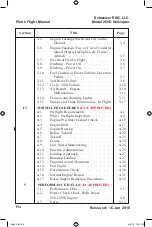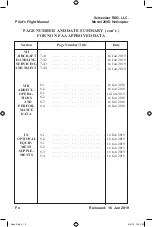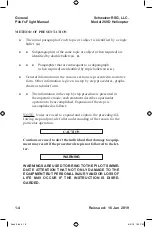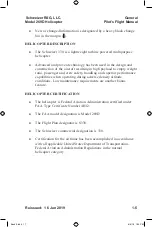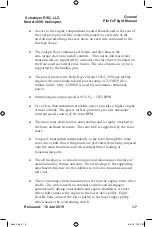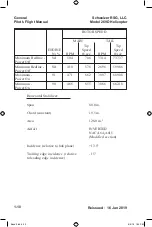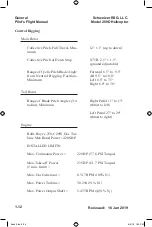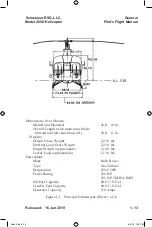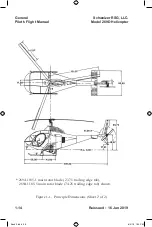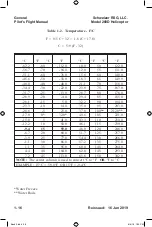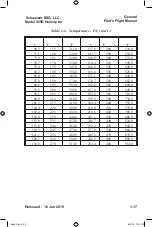
SECTION III
EMERGENCY AND MALFUNCTION
PROCEDURES (FAA APPROVED)
Each type of problem normally encountered in flight is defined and
the procedures necessary to cope with or alleviate the situation are
given. The data is recommended by the manufacturer and the FAA
as appropriate.
SECTION IV NORMAL PROCEDURES (FAA APPROVED)
Normal operation from engine start onward. As with emergency
procedures, the data given is that recommended by the
manufacturer and the FAA as appropriate.
SECTION V PERFORMANCE DATA (FAA APPROVED)
Aircraft performance is defined within certain conditions; some of
these are airspeed, weight, altitude, temperature, humidity and
wind velocity. The data is given in tabular or graph form and allows
the pilot to determine the aircraft’s capabilities related to the
intended mission and the conditions which are current.
SECTION VI
WEIGHT AND BALANCE DATA
Aircraft weight and balance are major operational factors. Data is
provided by chart, graph and examples which allow the pilot to
accurately determine the aircraft’s gross weight and if the load is
distributed within the fore and aft, and lateral center of gravity.
The original weight and balance report, and equipment list
(required and optional equipment installed on the aircraft at the
time of licensing) are also contained in this section.
SECTION VII
AIRCRAFT HANDLING, SERVICING AND
MAINTENANCE
Information contained in this section is extracted from the
Handbook of Maintenance Instructions and is highly selective. The
subjects chosen are those with which the pilot will have direct
involvement, either while at his normal base of operation or in the
field.
General
Pilot's Flight Manual
Schweizer RSG, LLC.
Model
269D
Helicopter
1-2
Reissued:
16
Jan 2019
Book 3.indd 14
8/4/19 1:25 PM




